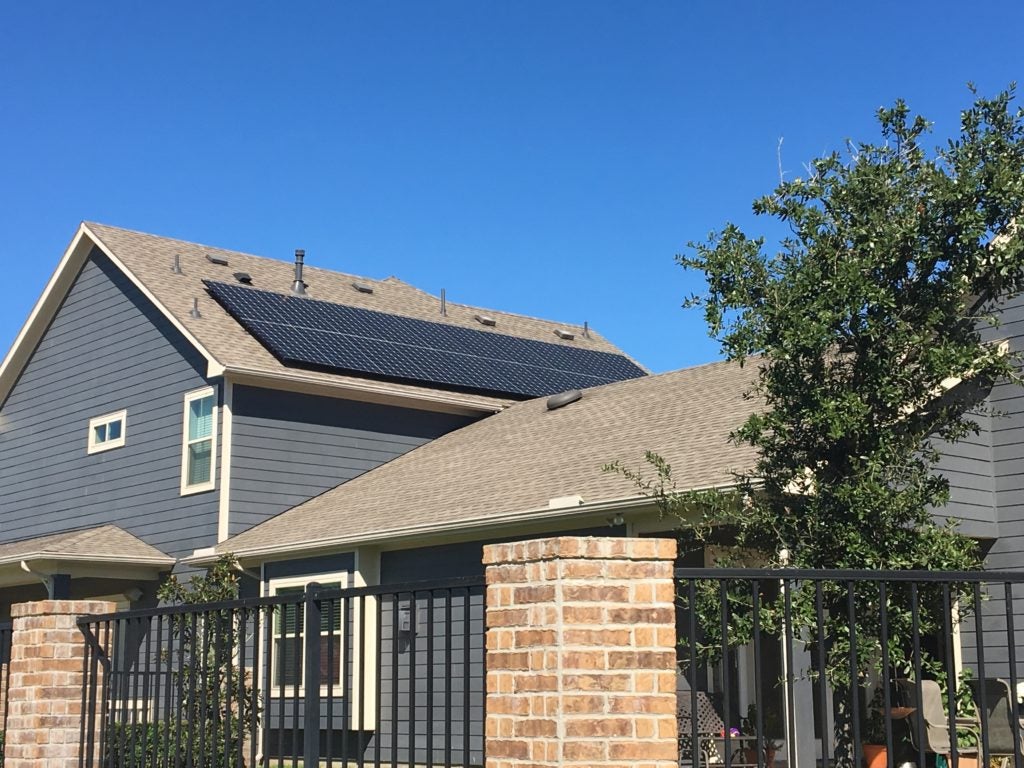Why Texas needs rooftop solar

(This is part three of our series on energy and solar in Texas. The first covered Texas’ unique deregulated energy market, and the second looked at challenges and opportunities for solar in Texas.)
The growth in Texas solar over the last decade has been tremendous. But nearly all of Texas’ solar capacity takes the form of utility-scale and large commercial projects. Of the 1,970 MW installed, less than 150 MW are distributed rooftop installations. This translates to only 25,000 solar homes in Texas. Most of these are concentrated in a few geographic pockets.
San Antonio and Austin are the two areas of the state with substantial distributed solar penetration. Both cities have significant utility support for solar and robust non-profit communities that engage in education and advocacy around the issue. According to Mark Zion, former head of the Texas Public Power Association, 40% of Texas rooftop solar is located in San Antonio (~10,000 installations in CPS Energy territory) and 30% in Austin (~7,500 installations in Austin Energy territory). The remaining 30% (~7,500 installations) is distributed across the state. The vast majority of these installations are located in deregulated retail markets, primarily in the Houston and Dallas/Ft. Worth metro areas. Less than 1,000 systems have been installed in areas served by the state’s rural electric co-ops or municipal utilities other than CPS Energy or Austin Energy.
As we pursue a comprehensive transition to clean energy in Texas, distributed renewable energy resources must play a larger role. Distributed resources are critical for achieving a resilient, cost-effective, and innovative grid of the future, and they provide social and political benefits that will help accelerate this transition and make it more desirable for all Texans. Distributed renewable generation lowers costs for everyone by reducing the need for new centralized infrastructure and lowering grid maintenance costs. Homes, businesses, and community institutions with solar + storage can provide life-saving support during increasingly intense storms and other disasters. Homes and businesses with rooftop solar will also be major drivers of demand for electric vehicles and battery storage, creating the possibility for virtual demand-side grid management at a large scale.
Distributed renewable energy resources provide new opportunities for energy equity and political engagement. Low-income solar and community solar projects (sometimes called solar gardens) allow socio-economically diverse constituencies to participate in the emerging clean energy economy, which can increase political support for the sector. Solar homeowners and others with distributed on-site generation are some of the best and most passionate advocates for renewable energy and an equitable energy transition.
In many states, solar homeowners have been instrumental in building, improving, and sustaining clean energy policies that allow the market to flourish. Texas residents and businesses have the power to aggressively drive change in the wholesale market through competitive energy suppliers. Expanding distributed clean energy is necessary to bring about a fairer, cleaner energy market for all Texans.
